THE INSIDE TRACK • October 2023
30 years of British Airways Engineering Wales
They play an important role to keep the lights on here at British Airways, but it’s not often enough that our stellar engineering teams in Cardiff get the spotlight shone on them. That is, until now. We head to the industry-leading facility in Wales for a peek around the operation
A whiff of kerosene and the sound of drilling from Bay 2 fills the air as you bob your head beneath the wing of a mighty 777. The left engine is splayed like a concertina; the other dangles in two parts. Just up there, an engineer tinkers inside the tailfin with the ease of someone not suspended in a crane 60 feet above the hangar floor.
This is British Airways Engineering Wales (BAEW), a 70-acre engineering facility near Cardiff airport, which, since King Charles first opened it 30 years ago this year, ensures our fleet of Boeing wide-bodied aircraft is safe and ready to fly. The hangar itself, a three bay and two ‘nose-in’ operation, can maintain five aircraft at any one time. It works in tandem with two neighbouring departments: British Airways Avionics Engineering, which also opened in the summer of 1993, and British Airways Interiors Engineering, which came to Cardiff three years later.
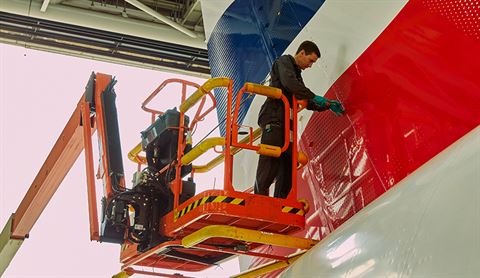
Shift Manager and Boeing specialist Ken York is much like everyone else who works here: extremely skilled and wildly hospitable. When pressed, Ken speaks highly of his team and their professionalism, emphasising their personal pride in giving our customers high-quality aircraft where safety comes first. “But we’re not ones for blowing our own trumpets!” he adds, with a smile.
Puffy silver padding around its oval windows makes it feel less Cardiff engineering base, more NASA
The many achievements of the facility include the modification of the entire 747 fleet, extending the service of this beloved aircraft, as well as the installation of Club World and the industry’s first ever fully flat-bed seats. It’s reactive, too – as shown by the proficiency with which it dealt with challenges such as the Icelandic ash cloud of 2010, which saw 95,000 flights cancelled during a six-day airspace ban.
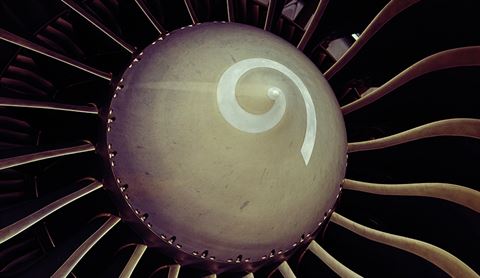
Despite opening three decades ago, the facility manages an almost ultra-modern feel, with bright white walls and a glass ceiling through which, today, a bright Cardiff sun beams its rays. We walk into the central hangar and straight into a gutted 777 with, eerily enough, not a seat in sight. From the ceiling, miscellaneous toggles, film-set-esque lights and trusty oxygen masks all dangle and sway. Puffy silver padding around its oval windows makes it feel less Cardiff engineering base, more NASA. Ladders stand up and down what once would have been an aisle.
“The motivation for stripping out a cabin like this is always safety, first and foremost,” Ken tells us, as we tiptoe around engineers fixing wires beneath the floor. “But on this particular aircraft it’s also a strategy directive from our commercial teams. If Club World seats are selling well on a certain route, and First isn’t, for instance, we’ll remove the latter and add more of the former. World Traveller Plus seats are doing very well, too. People like that little bit more legroom for not much more spend.”
This is a D-check in action. Part of a larger system of regular top-to-bottom reviews, D-checks are conducted every eight or nine years and involve a total gut of the aircraft. They are mixed in with yearly B-checks, and the slightly more intensive C-checks, which take place every three years. The teams here, though, are almost constantly working on day-to-day modifications, everything from in-flight entertainment to emergency evacuation system checks. They’ll even unblock the pipes (“Galley sinks can get blocked with coffee remnants and the like,” Ken explains).
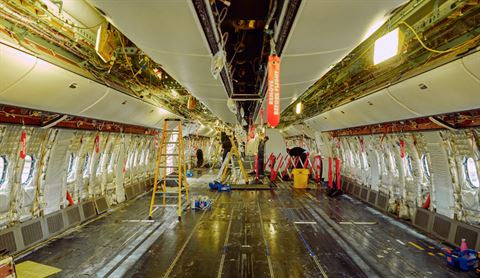
777 D-check
Three decades since opening, BAEW has managed thousands of projects under this storied hangar roof, but just who keeps the cogs turning? Overseen by Ken and other shift managers, the engineers, technicians and mechanics here in Cardiff – some 440 overall-clad experts in their field – are breaking the mould, including Aircraft Mechanic Chantal Casey.
“Here at BAEW, we always aim for 100 per cent, and our collective experience is second to none”
“Several teachers told me I had no chance of getting a place on an engineering apprenticeship because it wasn’t for someone ‘short and female’,” she tells us. “But I don’t like being highlighted for my gender.” Thankfully, diversity is at the core of the British Airways ethos, and women are encouraged to work in engineering. “Everyone in a team brings different strengths and weaknesses to the job,” adds Chantal. “I can strip seats and run pre-departure checks, but knowing when to speak up and when to listen is probably my greatest strength.”
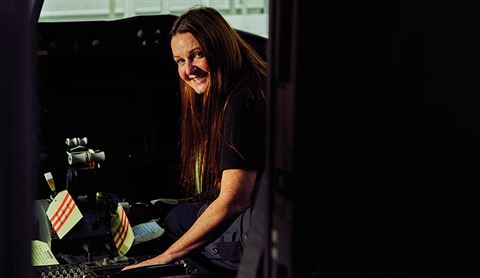
Lead Technician Joanne West
Lead Technician Joanne West agrees. “All the women engineers that I know wanted to enter this world with as little fuss as possible and just get on with it,” she says. “We want the best and most skilled person for the job to get the job. Here at BAEW, we always aim for 100 per cent, and now our collective experience is second to none.”
A man whose experience is more extensive than most is affable Andrew Griffiths – or Griff, as he’s known out here on the floor. “I’ve been at British Airways for 30 years (25 years as an Aircraft Technician and five as a technical assist), so I remember when they first opened this hangar,” he says. “I was the one pulling the plastic wrapping off the chairs so we could sit down. Those early days were good times. Sadly, I was off shift when Prince Charles came by.”
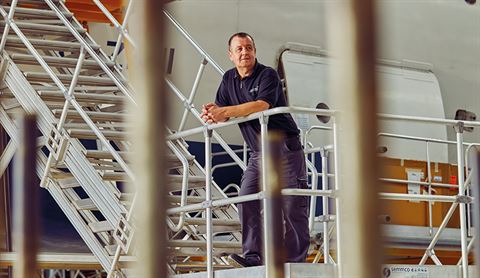
Aircraft Technician Andrew Griffiths
Another long-timer, Matt Barlett, has ended up with more than just a career out of BAEW. “I was lucky to meet my partner through British Airways and really wouldn’t be where I am today if it wasn’t for this place,” he says. “The people you work with end up becoming your extended family. Some of us have even gone on holiday together, from skiing in Whistler to safaris in Kenya.”
As we leave the facility at 5pm, the hangar continues to hum as the night shift workers pour in, passing underneath a giant sign that reads: ‘Safety is our first priority’. The incredible aircraft they’re off to meet rarely rest and – under the skilled hands of this exceptional team – are soon ready to embark on their priority: flying you safely and soundly all over the world.
This article has been tagged BA, Technology
More from previous issues
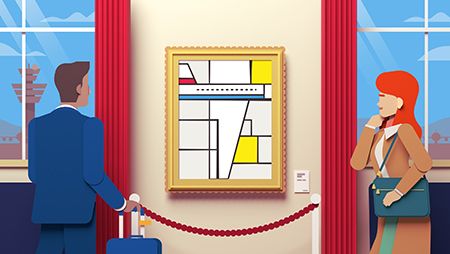
The big BA art crawl: London lounges
It’s time to elevate your lounge experience with this guide to the paintings, sculptures and installations to look out for on your next visit
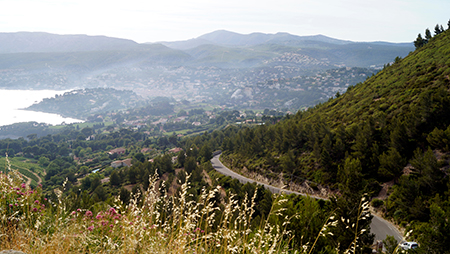
Five epic drives: rising star Jamie Chadwick
We meet the three-time W Series Champion shaking things up in Formula 1 and supply some inspo for your next road trip
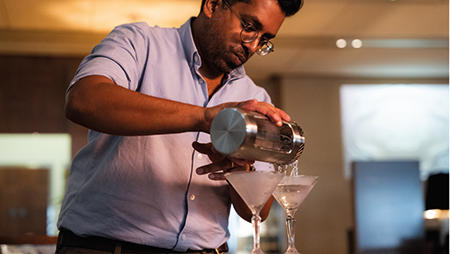
The best of BA news
Gear up for the End of Summer Sale, a tech-tastic martini in the Concorde Room and more in our updates for this month
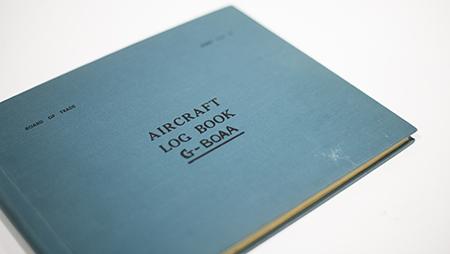
The story of Concorde in eight objects
Our resident historian talks us through his favourite Concorde memorabilia as we look back on 50 years since the legend’s first Transatlantic flight